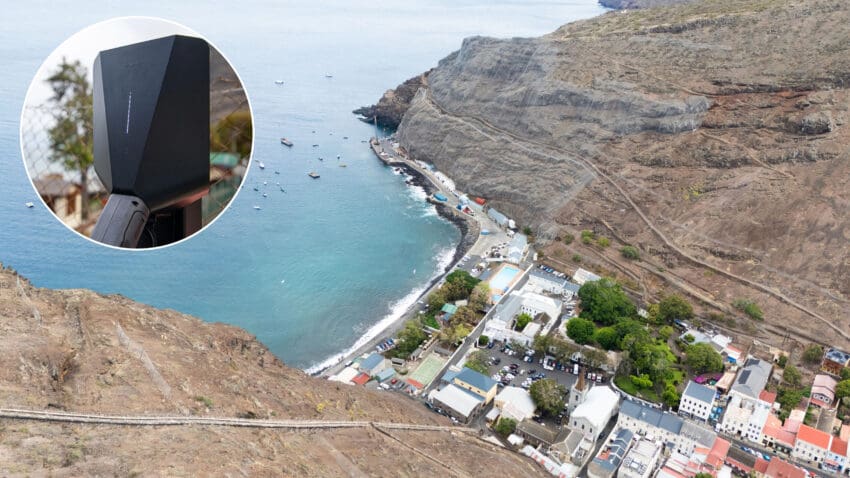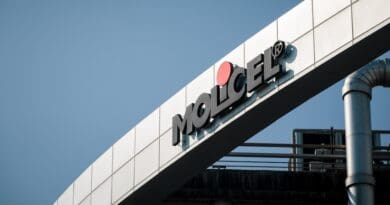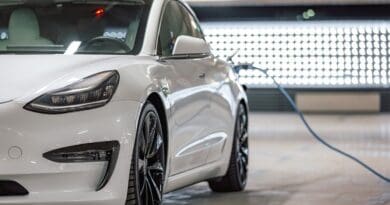
This tiny tropical island is home to the world’s most remote EV charger
The world’s most remote EV charger has been installed on the tiny Atlantic island of St Helena.
The British Overseas Territory, located 1,200 miles off the south-west coast of Africa has fitted the device as it bids to switch entirely to sustainable energy and zero-emissions transport.
The public charger was fitted at the island’s museum in the capital, Jamestown, by Norway’s Easee. As part of a two-month trial, it was used to power a new Subaru Solterra, shipped by Subaru UK to the mid-Atlantic island to help test the feasibility, reliability and adaptability of electric vehicle use on the 10 mile by 5 mile island.
Prior to the Subaru’s arrival there were just four electric vehicles on the island, which has a population of just 5,000. Its government is currently incentivising residents to import EVs and other low-emissions vehicles to replace the island’s ageing fleet of petrol and diesel vehicles.

St Helena is one of the most remote inhabited islands on the planet and gets 75% of its energy from a diesel power station. This costs £5 million per year in fuel and the island’s government is seeking to vastly increase its use of renewable energy, as well as cut the island’s transport emissions.
“We’re excited to be a partner in this project to bring in an electric car and an electric charger and to install it as a public charging station in the remotest place in the world,” said Mark Brooks, St Helena’s Minister for Treasury and Economic Development.
“The next step is to roll out the infrastructure so that we are using electric vehicles more and more on the island. There are a lot of diesel and petrol vehicles primarily and we want to change that behaviour and start to use more electric vehicles.”
Adam Rodgers, managing director of Easee UK, said: “I think this project really resonates with us for a couple of reasons. Firstly, we don’t believe location should be a barrier to the EV transition at all. And secondly, the robustness, durability, and efficacy of our charger really is a powerful accolade of which we take pride, so that we know we can place it somewhere as remote as St Helena. I just know that it’s going to work and that means the customer ultimately can rely on good, solid infrastructure that will not break down when they need it most.”
Lorraine Bishton, managing director of Subaru UK, added: “It’s an honour to be involved in a project that could potentially lead to a fully sustainable future for Saint Helena. If you can operate an electric vehicle in this type of environment then you really can anywhere.”
The Easee charging point will remain on St Helena as part of an expanding charging network being installed for a small fleet of electric cars being imported for tourist and islander use in 2025.





